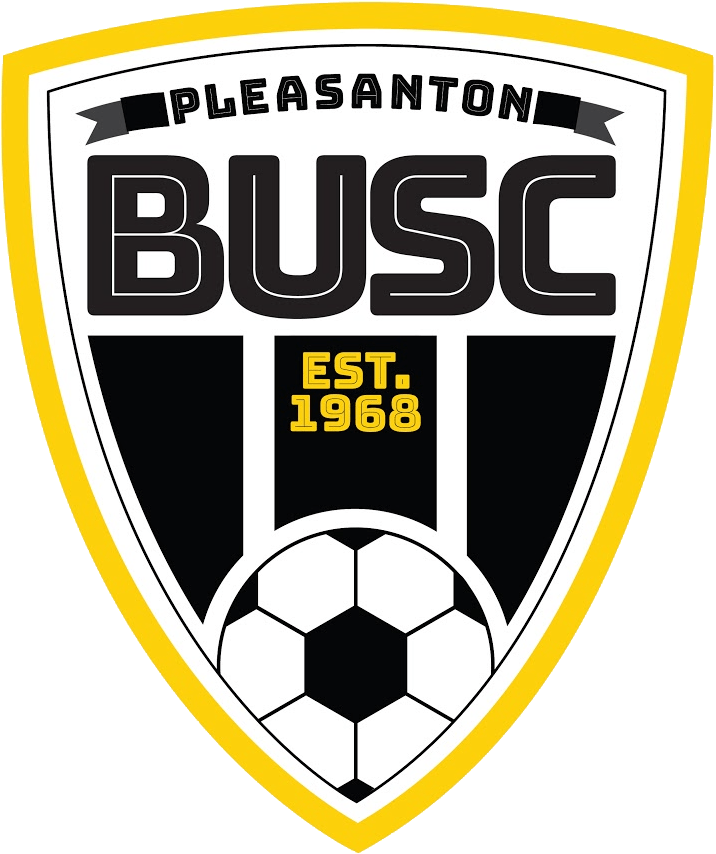Kevin Crow is the Executive Technical Director of Player and Coaching Development for Ballistic United.
He is also the most accomplished alumni of BUSC.
Crow came to Ballistic when he was 11 and played for the club through his high school years. He played at Amador Valley, leading the team to a then national record of 55 games without a loss.
After high school he moved on to San Diego State where he earned All-American honors and eventually a spot in the Aztec Hall of Fame.
Following his college career, he signed with the San Diego Sockers of the North American Soccer League for the final two years of the league. He was named first team all NASL in 1984.
When the NASL folded, the Sockers joined the Major Indoor Soccer League. Crow was part of seven championship teams for the Sockers in the span of 1985-1992. During that time, Crow was honored as Defender of the Year honors five times.
Internationally, Crow was a member of the United States Olympic team in the 1984 and 1988 games. In May of 1984 Crow earned the first of his 13 caps with the U.S. National team.
He was part of the WUSA women’s professional soccer league as a General Manager and Coach of the San Diego team before moving on to the COO of the league.
He also sat on the board for U.S. Soccer.
Having been good friends and teammates with Crow since we were 11, we have often had long talks about the state of soccer in the United States. Recently we had the chance to discuss where we are going as a nation in soccer.
This is the first of what will be conversations with various BUSC executives and coaches. Hope you enjoy it!
By Dennis Miller
What are your feelings on the current state of soccer in the United States?
Kevin: Unfortunately, there are too many egos and decisions being made that are being driven by money. No one is working together for the betterment of the players. Instead of improving a program, an event, or league, people choose to start something new which just dilutes and confuses players and parents.
How do you feel about the Men’s National team?
Kevin: I like the youth, team chemistry, mentality, and depth. I like the fact that the majority of the team is playing abroad which is where they will develop the best. At some point in the near future, it would be nice for them to feel like they need to play abroad.
What has to happen to start qualifying for international tournaments such as the Olympics and World Cup?
Kevin: The World Cup – we should always qualify for moving forward. In the end it should be the U.S. and Mexico with a third country rotating in. As far as the Olympics, leadership between U.S. Soccer and MLS need to work together, meaning MLS should release its players to support the Olympic team when asked. The Olympic is a U-23 event. In addition, the NCAA rules that govern soccer should change to allow players and teams to play much more during the academic year. So top college players have a chance to make the team as well.
What stands in the way of that happening?
Kevin: Conflicts of interest and common sense.
Here’s a topic we have talked about many a time – why don’t we just develop an American style of soccer as opposed to emulating Europe or South America?
Kevin: I kind of think this is over blown. Your style of play at a U.S. national team level is what gives you the best chance to win. It’s not about development at that level. MLS does not have a “style” of play per se.
Can MLS be a system where players can be trained to play at the international level or do we need to keep sending players to Europe or other locations?
Kevin: Yes, eventually, but it has to be a goal of theirs and they need to have a vision/plan to make that happen. MLS is now learning they can develop players and sell them to Europe. MLS has now taken over the US Soccer Academy which will allow them to have more control over the development of some of the high-level players.
How are the youth programs in the United States coming along?
Kevin: Overall the vast majority of clubs are producing better teams and players and investing in coaching education. In the end the downside is they all try and compete for market share against one another and very few work together for the betterment of the players and the game – again ego and money.
Biggest problems faced by youth programs? Other sports? Financial?
Kevin: The landscape of the U.S. population continues to change. Much more ethnic diversity which is driving down lower participation in traditional US sports. In addition, the “pay to play” model is making youth sports very expensive.
Any way to overcome those obstacles?
Kevin: Raise funds outside of parent’s pockets through fundraising and sponsorship. Create club programs that meet the needs of the changing customer – listen to your customer more. Realize winning league or state cup is not that big a deal in the scheme of things.
Wouldn’t a successful National team boost the youth programs? Has it helped the girls’ side of the equation?
Kevin: Winning attracts media and attention. Winning never hurts. I think the US Developing a “Messi” type individual that dominates in Europe would help drive the sport.
Is there a timeline where you can envision the United States being an international power?
Kevin: No clue…
